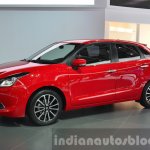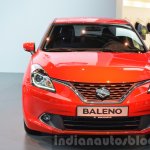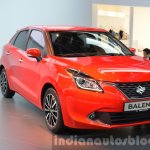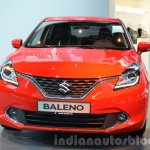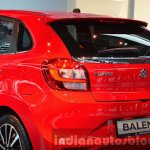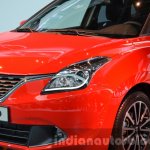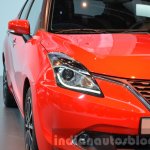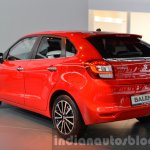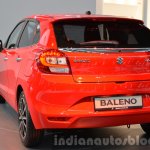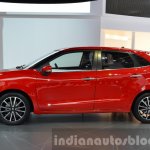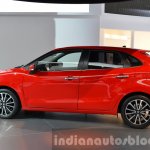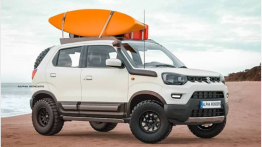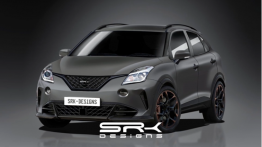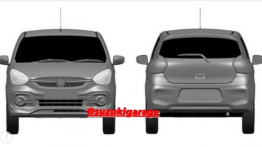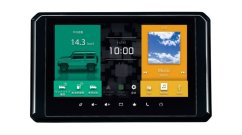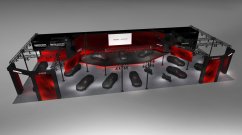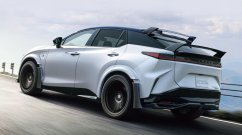Cars made in India for export markets are likely the main beneficiaries.
Advanced auto safety systems like radar-based blind spot monitoring, adaptive cruise control and lane departure warning require the use of radio bands by which vehicles on the road can detect each others' presence and position. Such radar-based safety systems have been stripped or turned off in high-end cars sold in India as the automakers have no permission from the government or a licence to use a specific radio frequency range in which these technologies can function legally.
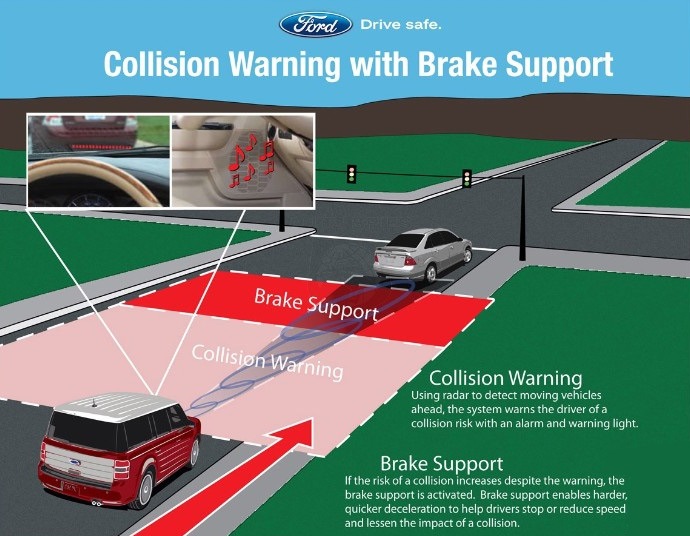
Aside from implementing these systems in India, carmakers were not able to test, or produce such devices for variants of cars that are meant for export. Brands like Hyundai, Nissan, Ford, and Volkswagen export 30-50 percent of the cars they produce in India, to various markets including Europe where these safety features are encouraged. In addition, certain cars that were imported with the features pre-installed, had to go through steps to deactivate them with extra money being spent to do so.
In light of which, automakers approached the government to find a solution for these systems to be allowed in the country where about 1.4 lakh people die every year due to road accidents. Eberhard Kern, the outgoing Managing Director and CEO of Mercedes-Benz India, told IndianAutosBlog last year that his company is working with SIAM on finding a solution with the government to make the radar frequencies available. Maruti Suzuki and Bosch had also been in talks with the ministry for over 6 months.
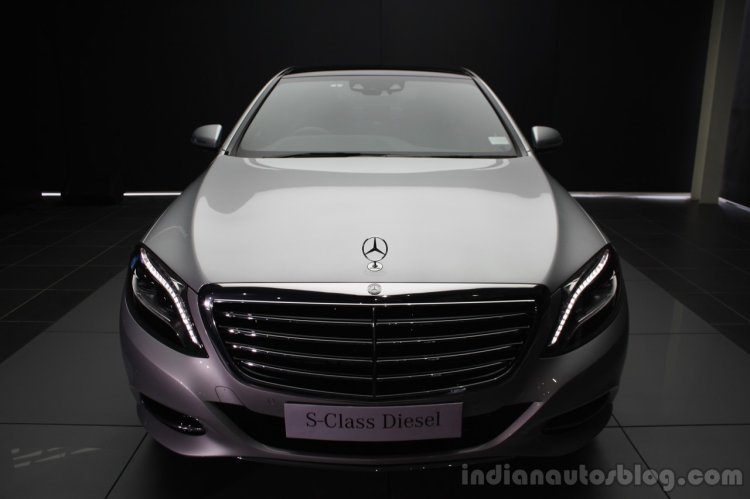
Now, the government has de-licensed some of the very low frequency bands specifically for the automotive industry, to facilitate the introduction of the driver assistance features.
The wireless planning and coordination wing of the Ministry of Communication and Information Technology has authorised on 16th of September for such radar-based safety systems or wireless microphones to be used in the frequency bands of 36-38 MHz, 433-434.79 MHz, 302-351 kHz or 76-77 GHz.
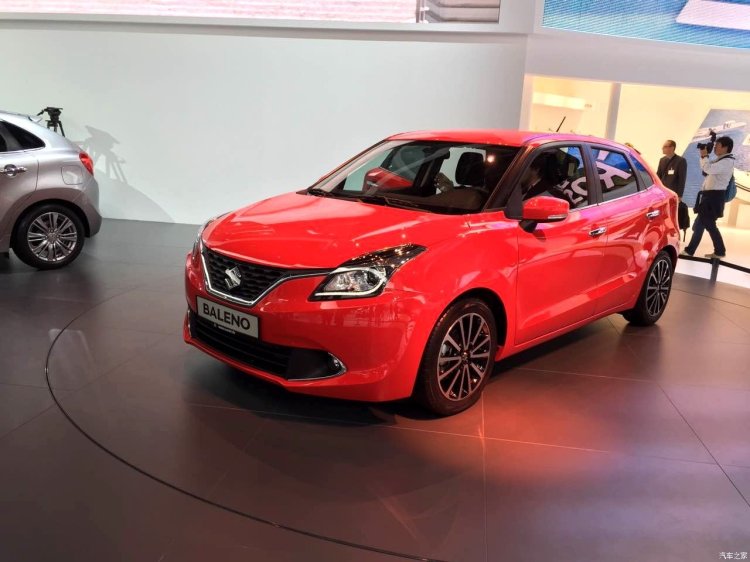
Maruti Suzuki is perceived to be a main beneficiary of this move, as the company intends to test and implement the Autonomous Emergency Braking System (AEBS) in its upcoming premium hatchback, the Baleno. The model will not only be sold in India, but will be exported to Europe and Japan where it is common for smaller cars to have the autonomous emergency brakes.
The AEBS feature also gets a higher rating for cars in the Euro NCAP (European New Car Assessment Programme) crash test. It uses a low-power (55 dBm max) radar operating in the 76-77 GHz band to cover a short distance/range of 160 m.
2016 Suzuki Baleno at the 2015 IAA - Image Gallery
[Source: Economic Times]
